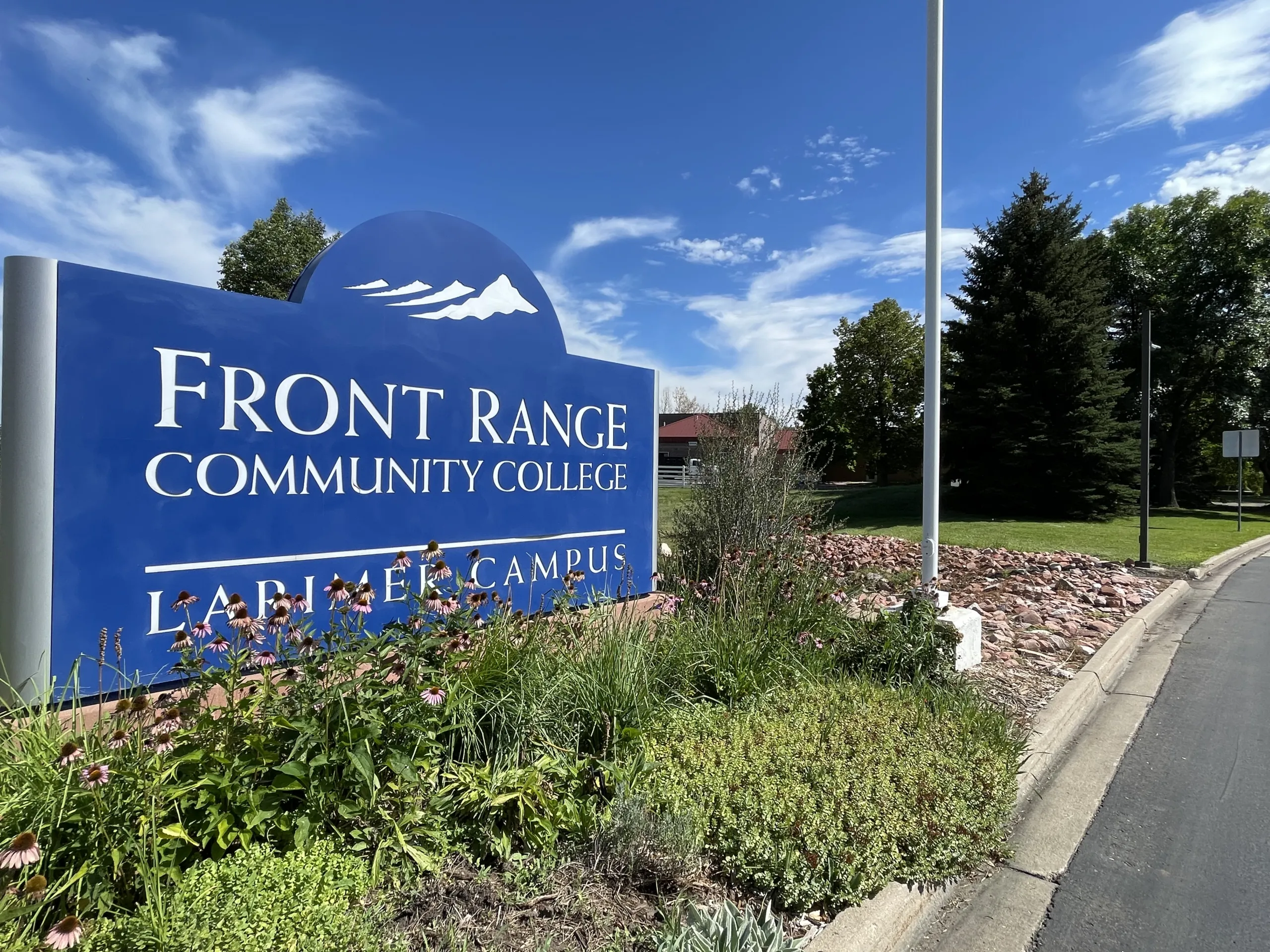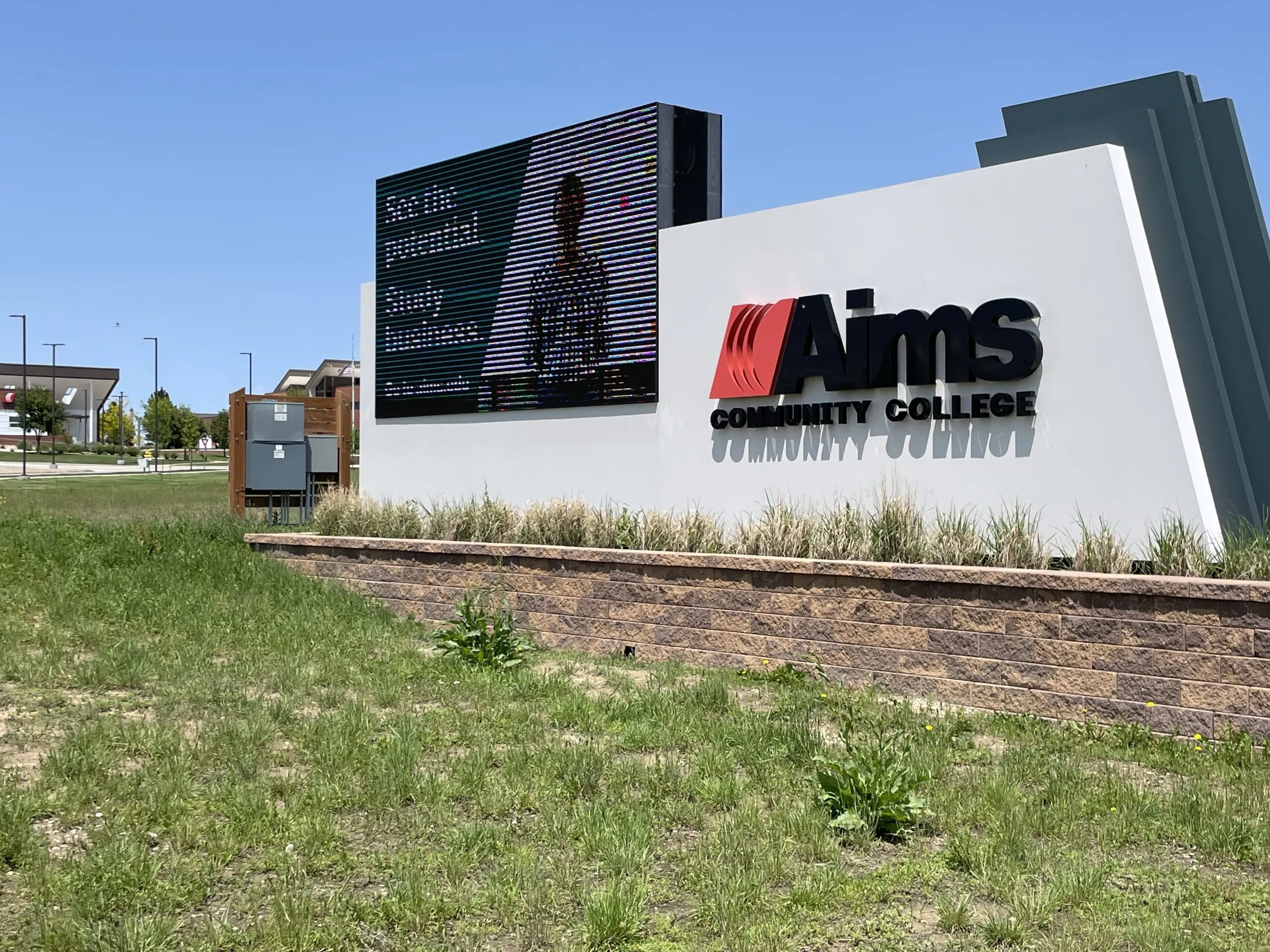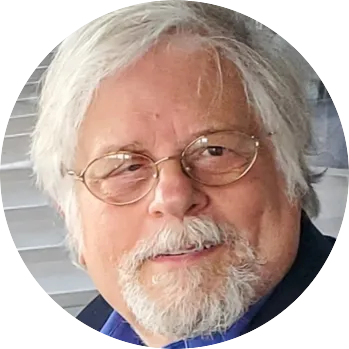Formula for tech transfer varies at labs, universities

Whether it’s discoveries such as an easier and more rapid test for COVID-19, a way to head off some potentially deadly infections that patients acquire in hospitals, or a better understanding of floating particles that impact weather, climate and air quality, universities and federal labs are playing an increasingly important role in propelling such important scientific and technological advances to the market.
That’s where a university’s technology-transfer office comes in. At the University of Colorado, it’s now called Venture Partners at CU Boulder and operates from within the school. At Colorado State, it’s called CSU Ventures and is run from…
THIS ARTICLE IS FOR SUBSCRIBERS ONLY
Continue reading for less than $3 per week!
Get a month of award-winning local business news, trends and insights
Access award-winning content today!





